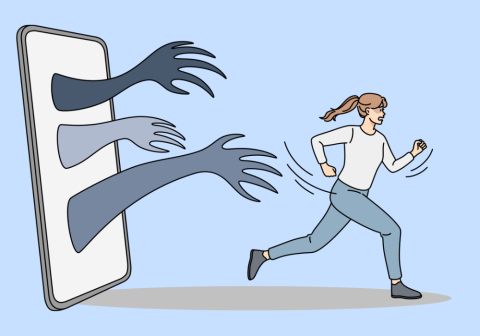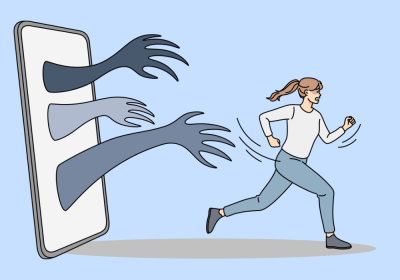How to Build Resilient Health Care Teams
How to Build Resilient Health Care Teams

The current pandemic has unleashed unique stressors on our health care community. While many medical and mental health care workers have responded with resilience, our health care workforce is not immune to the trauma and suffering they face. Between May and October 2020, the American Medical Association conducted a national survey (Coping with COVID-19 for Caregivers) of 20,947 health care professionals from 42 organizations across the United States.1 The survey found that 38% of respondents reported high levels of anxiety or depression, and nearly 50% reported at least one symptom of burnout, like emotional exhaustion. Some health care workers are also grappling with moral injury - feelings of guilt, shame, or anger that result from engaging in health care decisions that transgress their deeply held commitment to uphold the standards of medicine.
For the past 1.5 years, health care workers have been risking their lives without a full appreciation of their sacrifices. Many have suffered financial setbacks as well, including salary cuts and furloughs. Furthermore, violence against Asians, systemic racism, and childcare challenges for women in medicine have placed additional stress on these minoritized groups. When stress is extreme or enduring it can lead to devastating outcomes, not only for the health care workforce but also for patient safety. Health care leadership has the opportunity and moral imperative to ensure that the pandemic serves as a galvanizing moment - one that helps us learn and improve. Herein we offer six actions that leadership can implement to promote resilient health care teams and cultural change.
Communicate empathetically. While timely and accurate communication is critical, empathetic communication fosters trust and improves performance. Some leaders are naturally more empathetic than others, but with training this skill can be developed and enhanced. Communicating empathetically means being present and showing your team that their feelings and needs are a priority to you. Establish formalized listening sessions or brief check-ins. Solicit genuine feedback, share stories of success, offer praise, gratitude, hope, and a path forward.
Determine sources of distress. Most health care workers do not experience significant occupational distress due to their extensive training. However, there may be times when they are faced with incredibly stressful decisions, such as allocating scarce resources or triaging care based on the probability of patient survival. Determine what policies and procedures work or not given the circumstances. Communicate organizational values and standards clearly. In collaboration with ethical advisors, establish guidelines and systems to ease the moral distress of your team.
Normalize help-seeking behavior. Historically, health care workers have been inculcated with a sense of duty, a need to be strong, and a belief that acknowledging distress is tantamount with weakness. As such, mental health stigma is one of the most pernicious barriers to health care workers seeking help. Providing mental health support services is not enough; help-seeking behaviors need to be reframed as a sign of strength. Consider expanding the core competencies for health care workers to include mental fitness so that all individuals are expected to engage.
Prioritize wellness. An effective wellness program sets the foundation for a culture of wellness. This includes cultivating environments where health care workers are not only productive and successful but also happy and healthy. Consider creating a Wellness Committee to oversee and coordinate system-wide efforts to improve organizational wellbeing. Educate your workforce on their physical and mental health status and high-risk behaviors, while providing them with a variety of resources and services to help them adopt a healthier lifestyle.
Design a formal peer support program. Social support is a key component of resilience; it helps organizations move away from a culture of blame and shame to one of trust and support. It also represents an organizational shift away from a culture of silence and stoicism towards one of shared experiences, vulnerability, and acceptance. Peer support is not mental health counseling; rather it is where health care workers are trained to offer support to colleagues. Design a peer support team that is diverse, respected, and has effective interpersonal skills.
Measure and share results. It is important to investigate who benefits from these resilience building initiatives and their causal effect on employee health care costs, health behaviors, wellbeing, productivity, and patient safety. Consider sending out routine surveys or holding quarterly meetings to gauge employees' responses. Determine what worked and what did not, then tailor the program as needed. Share the data with your workforce, so they feel seen and heard. Disseminating the findings may even help advance the science of resilience in health care.
1American Medical Association (2021). Coping with COVID-19 for Caregivers. American Medical Association, Chicago, IL.


















